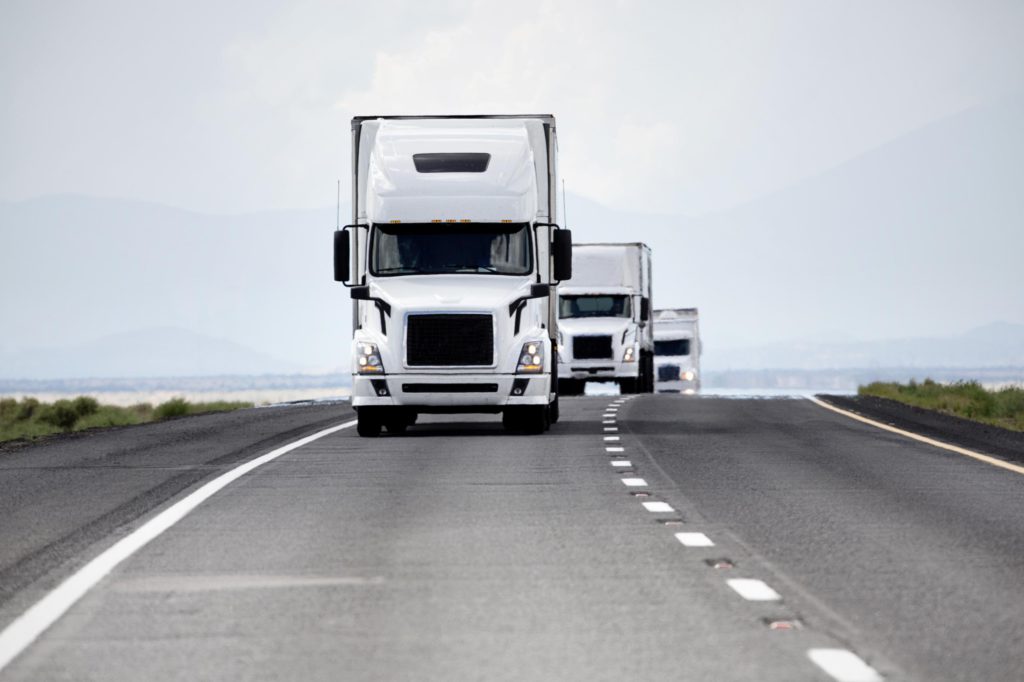Autonomous revolution in sight as ‘driverless’ trucks set to be trialled on UK motorways
25 August 2017

Autonomous revolution in sight as ′driverless' trucks set to be trialled on UK motorways
25 August 2017
Fleets of ′driverless' trucks in a convoy are to be launched on Britain's public motorways for the first time next year, the UK Government has announced, setting the starting gun for a titanic haulage industry revolution.
The trial will see fleet convoys of three vehicles in a row, using a technology known as truck platooning, that all accelerate and brake at the same time. Only the first will include a driver, which controls the lead vehicle, and the two trucks behind mirror its movements.
The trials will be carried out by the Transport Research Laboratory UK innovation catapult with funding from Highways England, with the UK government providing £8.1m (€8.8m) towards the trials. Locations for the conducting of the tests has not been released, but the government previously signalled such experiments could be carried out on a relatively remote section of the M6 near Carlisle in North West England, not too far from the Scottish border.
The autonomous technology has the potential to radically reduce costs in the haulage industry by reducing the number of required drivers, and also optimise driving to cut congestion and emissions, helping the UK reduce levels of air pollution, which are illegally high in many areas of the country. The platooning trucks can reduce emissions not only from computer-optimised acceleration and braking patterns, but also from lowering air resistance for the following trucks, with the front vehicle pushing the air out of the way.
However, while the technology has already been successfully trialled in the Netherlands, Germany, Japan and the US, British motoring association the AA warns that the technology is unsuitable for the UK's many-junctioned and congested roads, risking the safety of motorists. The three-truck convoys will be equivalent to half a football pitch long – and so in some places could even block two or three junctions at the same time.
President of the AA Edmund King said: ′We have some of the busiest motorways in Europe with many more exits and entries. Platooning may work on the miles of deserted freeways in Arizona or Nevada but this is not America.
′A platoon of just three HGVs can obscure road signs from drivers in the outside lanes and potentially make access to entries or exits difficult for other drivers.'
He added: ′We all want to promote fuel efficiency and reduce congestion but we are not yet convinced that lorry platooning on UK motorways is the way to go about it.'
He instead called on the UK government to invest in electric trucks.
While recognising the benefits of truck platooning, these safety concerns were also raised by other major UK auto associations, including RAC Foundation director Steve Gooding and Road Haulage Association chief executive Richard Burnett.
The associations also point out that due to the UK's congested motorways' stop-start traffic, the emissions benefit from truck platooning is likely to be much reduced compared to other countries.
Trials will initially take place on a test track before being conducted on public motorways. Drivers will be present in the cabs of each of the lorries in the convoy for the duration of the trials to alleviate safety concerns, controlling the steering and ready to take back full control in the event of any problems.